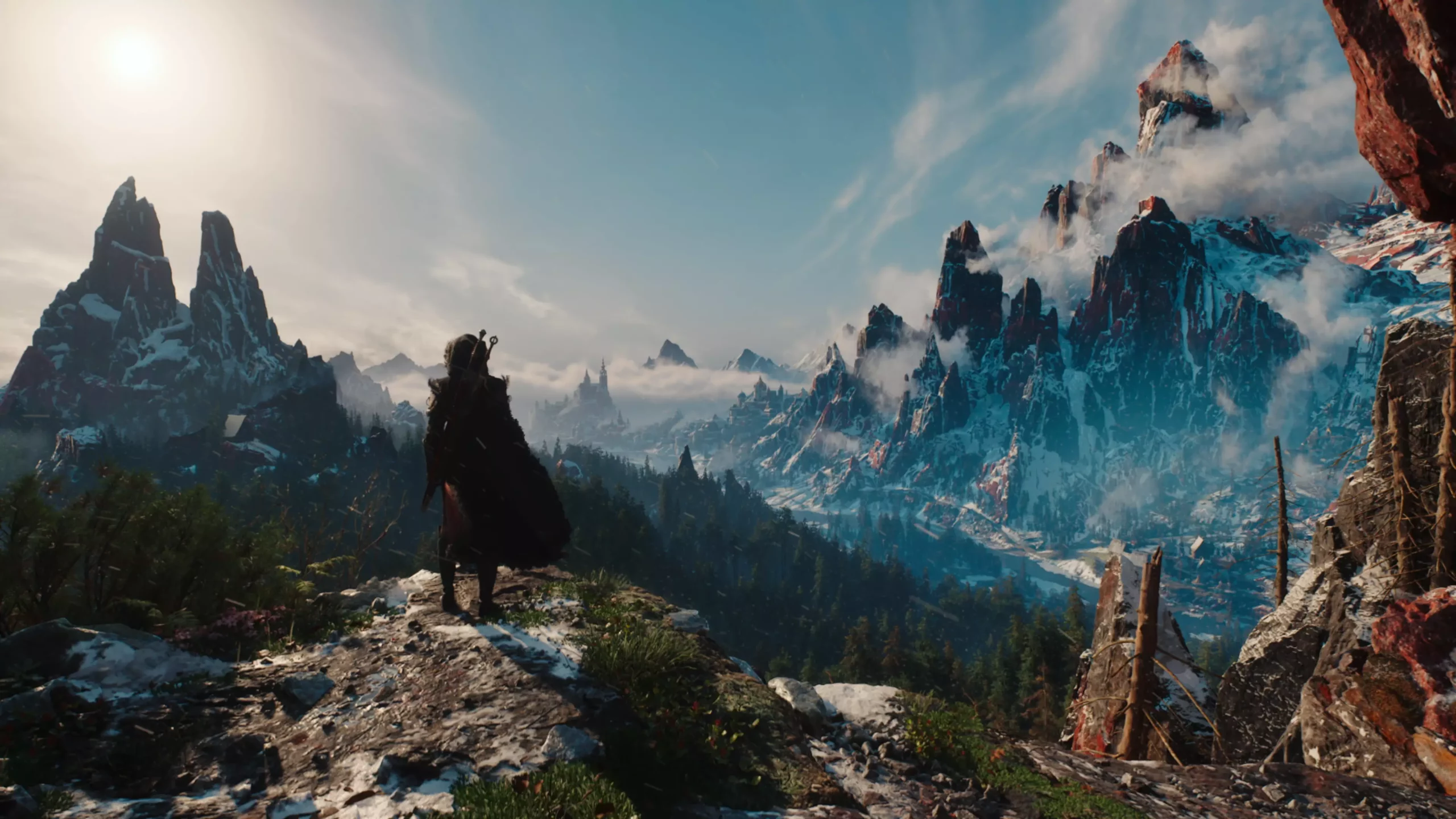The anticipation surrounding “The Witcher 4” is palpable, with many fans eagerly studying every reveal from CD Projekt Red. However, an important distinction must be made between what was showcased during the recent State of Unreal presentation and the final product that players will eventually experience. Jan Hermanowicz, the engineering production manager at CDPR, has emphasized that this demonstration is, in fact, a technological demo, not a direct representation of gameplay. The reality is that while the beautiful assets and environments from this demo will influence the game’s development, they may not appear unchanged in the final release.
Gone are the days when game development meant that showcases could simply mirror the eventual product. Developers are becoming acutely aware of the consequences of setting high expectations too early, especially after the tumultuous launch of “Cyberpunk 2077.” This situation has left CD Projekt Red cautious and committed to transparency, urging fans to temper their expectations. While the demo highlighted the reuse of certain assets to represent the game’s direction, it simultaneously underscored the fluidity of development. Development teams often experiment with various artistic choices, and these decisions can lead to a divergence between preview and final product.
The Allure of Kovir and Its Artistic Direction
The demo showcased the northern nation of Kovir, a setting that promises to offer players a mix of familiar influences and innovative landscapes. Hermanowicz suggests that fans should pay attention to the art style and overarching visual direction, which aim to evoke the distinctiveness that made “The Witcher 3” a masterpiece. While he encourages players to identify the thematic and stylistic elements that persist from the demo to the reveal trailer, the inherent uncertainty of game development looms large.
At present, the artistic choices made by CD Projekt Red reflect their “current approach,” but it’s essential to remember that their vision could evolve as development progresses. Factors such as technology limitations, resource allocation, and player feedback can all influence decisions. While the studio’s intentions are noble, it begs the question: how can they convey this message without causing a rift between fan expectations and actual gameplay content?
A Lesson in Transparency: The Shadow of Cyberpunk
Considering the black eye that the launch of “Cyberpunk 2077” left on CD Projekt Red’s reputation, it’s hardly surprising that the company is doubling down on transparency in its development processes. The studio’s commitment to ensuring fans understand the distinction between a tech demo and gameplay speaks volumes. Hermanowicz cautions that while the demo was indeed played on a PS5 by a real person, labeling it as gameplay merely muddies the waters.
While transparency is key, the message retention is equally important. Despite CD Projekt Red’s attempts to clarify that what was seen is a showcase of technology and should not be confused for the final gameplay, fans continually cite examples from past experiences, such as complaints regarding graphical downgrades in other big titles. The lingering memories of “The Witcher 3’s” own trailers and finished product showcase a similar gap, making it clear that trust can be easily fractured in this industry.
The Reality of Expectations Management
As the industry advances, developers are increasingly walking a tightrope: they want to demonstrate the brilliance of their upcoming titles without inviting unrealistic expectations. “The Witcher 4” is, without a doubt, generating excitement, but it’s essential for both developers and fans to engage in healthy discourse about what is shown versus what will ultimately be delivered.
With each passing update, CD Projekt Red must navigate the cautious waters of excitement and disappointment, constantly reminding fans that development is a process filled with uncertainties. The balance between artistic vision and technical feasibility is one fraught with risks, and as gamers, our responsibility is to listen and understand these ongoing dialogues rather than jumping to conclusions based on early reveals.
As developers continuously innovate, it is clear that we are entering a new era of game releases, where transparency may become the cornerstone of healthy player-developer relationships. In this evolving landscape, players are encouraged to remain optimistic yet realistic about what they hope to see in “The Witcher 4,” recognizing the complexities of game development that lie beneath slick presentations and alluring graphics.

